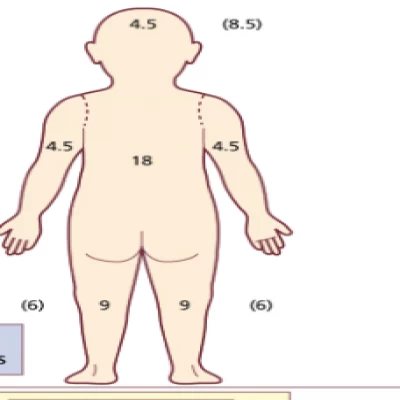مجلات علمية

Web of Science: Thomson Reuters
The Web of Science (WOS) abstract database is one of the world's most extensive resources for citation, indexing, and citation analysis of a wide variety of scientific works in all possible scientific fields. This database, created by Thomson Reuters, regularly indexes thousands of various scientific journals and periodicals, which is why many experts and researchers prefer it to prepare new materials or to improve their qualifications.
Thomson Reuters Media Company is the creator and developer of many of the most significant citation databases in a variety of scientific fields. It is this corporation that owns the international platform of Web of Knowledge, which includes dozens of other smaller databases that form a single experimental media space.
v How does Web Of Science work?
This whole complex mechanism was created to track thousands of scientific journals, materials, publications, and works, provide access to them and record all the precedents for citing a particular work. Thus, the Web of Knowledge platform is the central help for most of the world's specialists engaged in scientific or research work. Having published their work in one of the internal databases, they can count on interested colleagues from all over the world to get acquainted with them, which opens up broad prospects for further work, mutual research, and the development of a scientific career.
Therefore, if you also want to publish your work in the databases of Thomson Reuters (Clarivate Analytics), then the specialists will be happy to help you with this crucial task. We are professionally engaged in publishing scientific papers in international citation databases and are well versed in the specifics and features of this task.
v Web of Sciense's Database components
In the percentage ratio in this base, about 45 percent of the materials are taken by the natural sciences, about 30 percent are devoted to humanitarian research, and the remaining 25 are technical works. In turn, Web of Science has a rather complex internal structure, including several specialized citation indices, divided into separate areas of scientific activity. Thanks to this, high clarity is achieved in questions of indexing information, and the use of materials seems to be an effortless task for tens of thousands of visitors to the resource.
v Thomson Reuters Publication
If you also gave your life to scientific research and would like to share it with the whole world by publishing it in the Web of Science database, the team will be happy to help implement your ideas. They are professionals in the field of scientific publications and are ready to provide you with the services for the translation, editing, and preparation of your material following the rules of publication, as well as fully insure the finished publication of the manuscript of the article.
Thomson Reuters is an international US media company that develops the world's largest citation databases in various fields of science. It is this American company that owns the well-known Web of Knowledge platform. It includes dozens of reputable databases connected to one information space under the control of Thomson Reuters.
v Web of Science objectives
The main objective of the Web of Science is to combine patents and abstract databases of publications on mutual citations based on an extensive search platform. The service indexes tens of thousands of magazines, websites, and materials of scientific conferences.
· How to get into the database of publications:
There are three bases in Web of Science:
1. Exact and natural sciences (Science Citation Index Expanded(.
2. Humanitarian disciplines (Humanities Citation Index).
3. Social sciences (Social Sciences Citation Index).
To go through the registration procedure in the system, the author performs one of two steps:
· Follow the link //www.researcherid.com/#rid-for-researchers.
· Register on the WoS website at //apps.webofknowledge.com/.
The first entry into the system is carried out through the computer of the educational organization where the author of the scientific article works/studies. The second and subsequent inputs are allowed from a remote (such as a home PC).
v How to register in the Web of Science system: a step-by-step guide
Registration begins - enter the Researcher ID website and click the "Join It's Now Free" button.
In the dialog box that appears, the user enters his data, email address, the source that notified about this service.
To confirm the entered information, press the "Submit" button.
Go to the specified email address and confirm the identification of the new user.
After identification, a form is carefully filled out with personal data, the name of the organization, and an indication of all options for transliteration of the name (necessary to accurately identify the list of published works).
The correctness of the entered information is confirmed by the Submit button and the appearance of the contract text, which must be accepted by pressing Accept.
v How to publish an article in Web of Science
The translation of the scientific article into English and the package of necessary documents are sent to the publisher in one of three ways:
1. Uploading files to a unique online article acceptance system.
2. Sending reports by email.
3. Printout of a paper version for posting in a standard way.
After publishing the articles, the author goes into the personal profile and personally adds data about the documents (Add Publications button in My Researcher profile). This approach allows you to create and maintain the scientific reputation of a scientist in the selected industry.
Checking the publication activity and the citation level of the author is carried out through the My Publications menu at the Citation Metrics link.
The company "Thesis" assists in the selection of topics and the writing of scientific articles, dissertations, course, and diploma projects.






.webp)